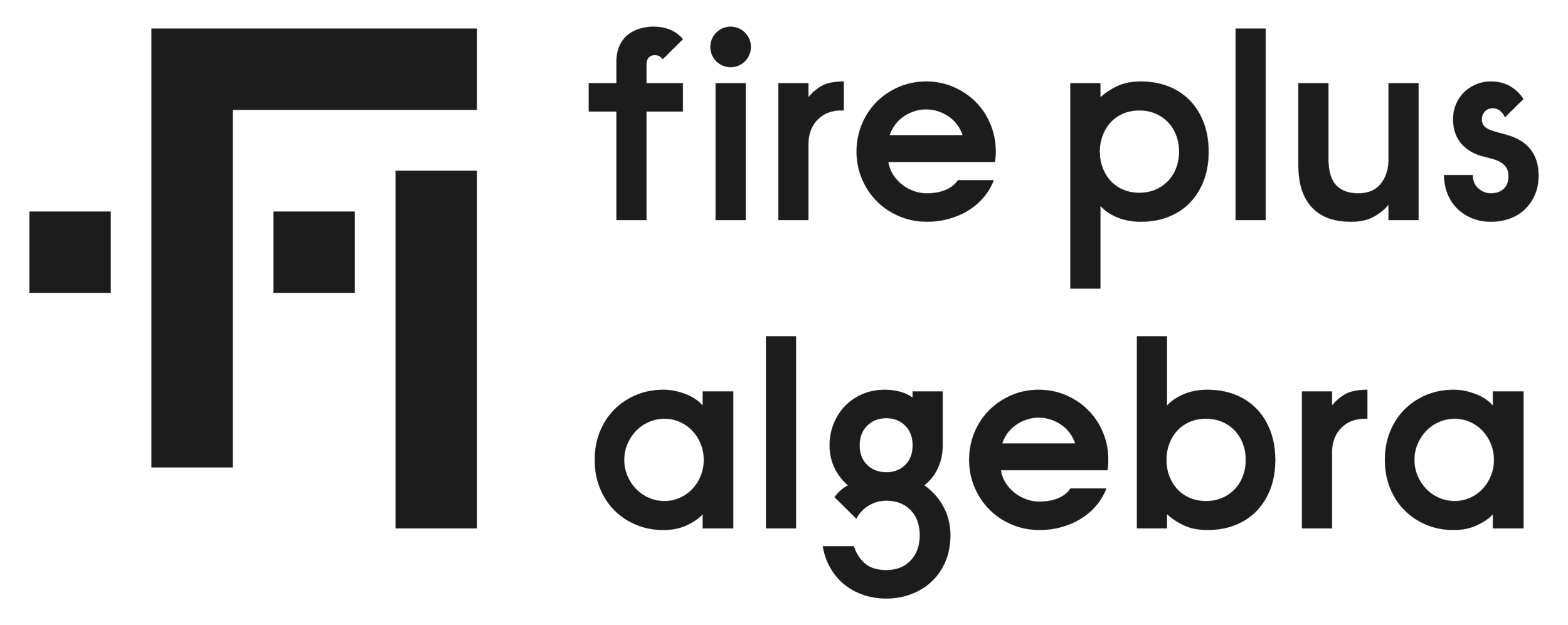Project and product management tools
A solid project management tool is essential, whether you’re working in a tiny team or a vast office – and particularly if you’re trying to keep on top of everything using only email and shared drives for files. These tools only work if everybody actually uses them, so we’ve got a definite fondness for those that make initial set-up and onboarding new users as easy as possible.
Trello
In our experience, this is the easiest project management tool to implement quickly – set-up is a doddle, and the user interface is simple for new users to get used to, and even a bit fun to use. Tasks appear as ‘cards’ on a wall, which can be dragged between different states through to completion, and assigned to different users. Once you’ve got your team using it, there are plenty of additional features you can enable.
Check it out here
Asana
Another tool that is simple to set-up and use, with plenty of additional functionality as and when you need it. Asana will integrate seamlessly with over 100 other apps and services, for communications (eg. MailChimp, Slack), file sharing (eg. Dropbox, Google Drive), development (eg. Github, Sentry), reporting (eg. Google Sheets, Toggl) and more.
Check it out here
Monday
A relatively recent entry into what is a crowded market, we’ve nevertheless heard lots of good things from clients working with Monday. It presents projects in a highly visual way, with a range of different display templates to choose from and then customize. You can view progress in multiple different ways – as simple to do lists or Kanban boards, timelines and roadmaps, or even on a map if you’ve got a particularly distributed team.
Check it out here
Basecamp
This veteran project management tool was initially developed to handle client-based work – but it functions equally well for anyone who is working with remote employees or freelancers. There’s no fuss with Basecamp – you can ignore entirely the functionality that isn’t useful for you or your business, and just use the bits that are. There isn’t the same level of communication between team members as with the other options above, but that does make it wonderfully clean and simple.
Check it out here
